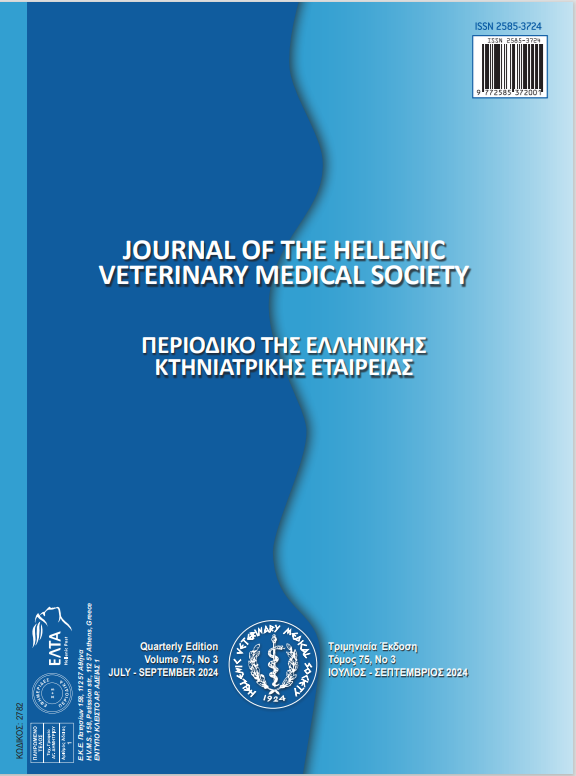Morphological characteristics of rabbits’ carpal tunnel: Evaluation of its potential for carpal tunnel research

Abstract
This study aimed to define the main anatomic components and describe the normal size and form of the carpal tunnel in rabbits using imaging techniques. It was also aimed to evaluate the potential of rabbits as an animal model for carpal tunnel research. The forelimbs of eight adult New Zealand rabbits were investigated using histology, magnetic resonance, and computed tomography. Two cadavers were used for anatomical dissection to support the findings. The carpal tunnel was examined at proximal and distal levels, and it was found that the flexor retinaculum is two-layered in rabbits. Both vascular nerve bundles, including the median nerve and the ramus palmaris of the ulnar nerve, were within two layers of it and passed through the carpal tunnel. The deep digital flexor, superficial digital flexor, and radial carpal flexor tendons were observed within the carpal tunnel. The flexor pollicis longus tendon is not found in rabbits. The area of the carpal tunnel narrowed towards the distal end in three methods, and its depth decreased in CT and MRI. The length of the accessory carpal bone determined this depth. The study found that rabbits' carpal tunnels are morphologically similar to those of humans compared to dogs. This situation is thought to pave the way for more accurate approaches to carpal tunnel research in rabbits.
Article Details
- How to Cite
-
Turker Yavas, F., & Dabanoglu, I. (2024). Morphological characteristics of rabbits’ carpal tunnel: Evaluation of its potential for carpal tunnel research. Journal of the Hellenic Veterinary Medical Society, 75(3), 8073–8082. https://doi.org/10.12681/jhvms.37030
- Issue
- Vol. 75 No. 3 (2024)
- Section
- Research Articles

This work is licensed under a Creative Commons Attribution-NonCommercial 4.0 International License.
Authors who publish with this journal agree to the following terms:
· Authors retain copyright and grant the journal right of first publication with the work simultaneously licensed under a Creative Commons Attribution Non-Commercial License that allows others to share the work with an acknowledgement of the work's authorship and initial publication in this journal.
· Authors are able to enter into separate, additional contractual arrangements for the non-exclusive distribution of the journal's published version of the work (e.g. post it to an institutional repository or publish it in a book), with an acknowledgement of its initial publication in this journal.
· Authors are permitted and encouraged to post their work online (preferably in institutional repositories or on their website) prior to and during the submission process, as it can lead to productive exchanges, as well as earlier and greater citation of published work.


